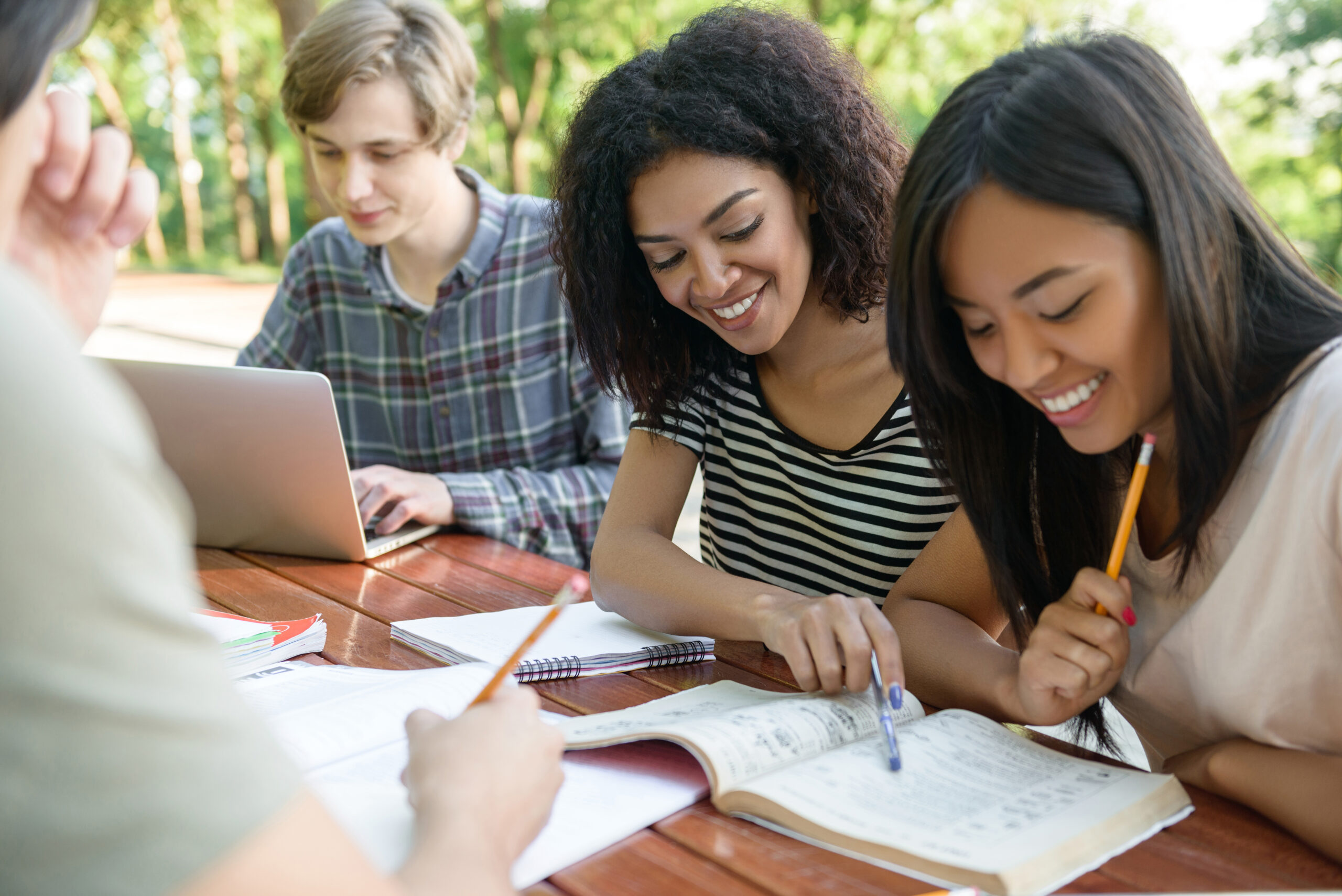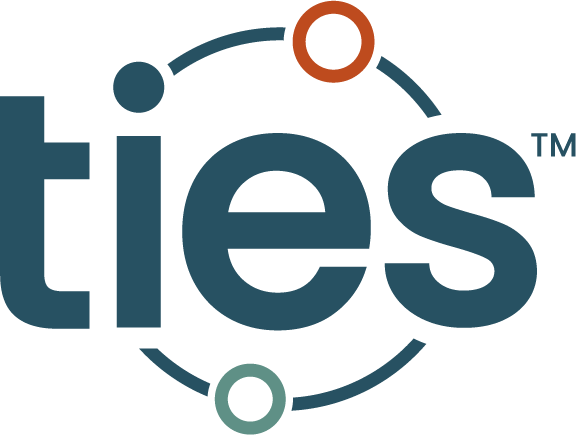
Mark Suter knows hands-on experience, combined with the freedom to “play” engages students in all subjects, especially STEM. At Elida High School, students are using virtual reality (VR), and real-world entrepreneurship, to apply STEM learning in new and rewarding ways.
Suter, a computer science teacher at Elida, finds the best way to get students excited about STEM learning is through “trust” and “play” “They’re going to make mistakes, and when they do, there aren’t grade consequences. We just say, okay, we messed up, how do we fix this? And the sense of play, of continually experimenting and trial and error and giving them a sense of, okay, this is fun, but it’s hard.”
Suter thinks the future of STEM education can be aligned with workforce development, and VR is one way to bring a wide array of experiences to students. Elida has a classroom equipped with 20 Quest 2 VR systems and his students are engaged in consuming and applying content in creative ways. Recently, sculpture students, using Masterpiece VR, created art that his students 3D printed, and the groups held a 3D printed VR show.
In game design classes, students are actually developing job training simulations for a local factory “to sort of dip their toes into VR job training.” Suter got the inspiration for this at the AIR VR World Expo in London, where he saw how companies like Lockheed Martin were using VR to train their workforce.
“I thought, my students can make what I’m seeing on the screen in front of me. And so I took that back home and we started using the Unity Learn, Create with VR course. And we basically learned how to pick up objects and use SNAP zones.”
Students can create games using the VR suite, but they can also partner with a local company to create a job simulation to be used for training. The students develop prototypes and pitch them to client companies, and gather feedback, which, Suter says, “can be sometimes hard to take if it’s not what they expected.” The result is multi-faceted experiential learning, as Suter explains, “they’re getting this real world set of social skills with the hard skills of actual development coding, 3D modeling, a lot of different disciplines all rolled up into one.”
Similarly, Grit 9, the student tech club, is also a student-run business that designs websites for area companies. Suder created an entrepreneurship class for Grit 9 that combines tech and soft skills. “All we do the entire year is run the student-run business. We handle all the budgeting, the marketing, and we do all the training—how do you build a WordPress site, How do you make a phone call?”
The students learn skills, and they feel vested in the success of the company, “They have agency at a level I’ve never seen before and the company is making money.” The profit enables them to buy items like couches and electronics for their space, “getting the sense of work hard, play hard,” Suter says. Grit 9 is a business, a learning lab, and a social hub, “it’s in a safe environment where they know they’re trusted, they know they’re covered if they screw up. And that has paid dividends in a lot of different areas: soft skills, hard skills everywhere.”
Elida is nurturing students’ STEM capabilities and identities through a combination of real-world, experiential, and creative approaches, all aimed at helping students see their futures through STEM education, with an eye toward workforce success. Suter hopes that Ohio’s education system will continue its push towards innovative learning and applications.
“My dream for students as young as my own kids in elementary and middle school all the way up through what I teach at high school is that they never lose that sense of curiosity across all the subject areas. They get exposure to real world technologies. They get real world skills. And I realize that is going to have to be at the expense of some of the old models” said Suter.
